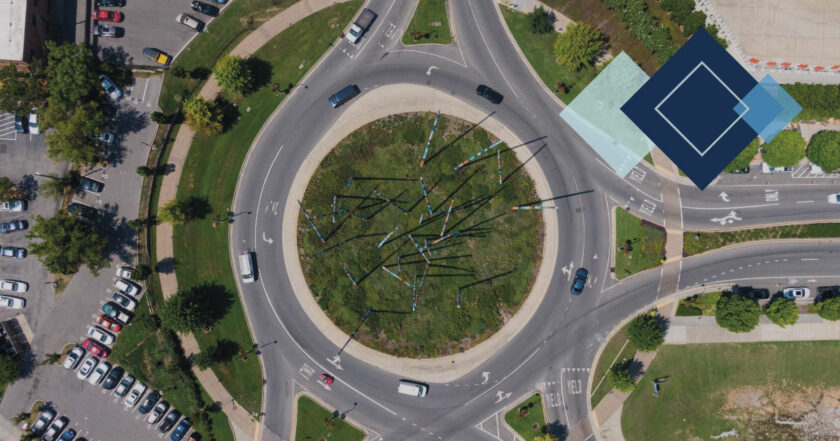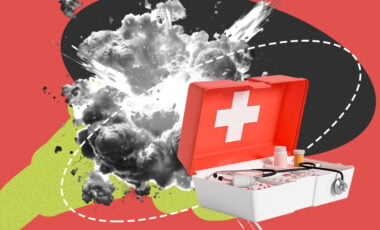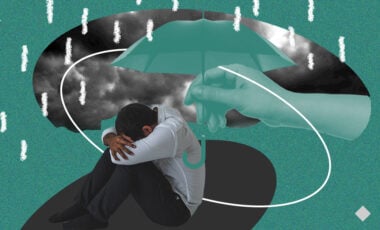Roundabouts on roads: pros, cons, solutions

Roundabouts are good, but there are nuances. The largest number of roundabouts in the world is in the United Kingdom and France, countries where road safety is one of the highest in the world, and roundabouts are one of the effective factors to increase this safety. Unlike technological solutions such as traffic lights and cameras, physical infrastructure prevents disruptions, at least the most dangerous ones. Roundabouts, for example, exclude frontal and high-speed side collisions.
Let's look at what a "roundabout" is and what kinds there are of them. The broadest term in English is a circular intersection. This includes everything that includes a circular trajectory. But not every circular intersection is the roundabout that really increases traffic safety. Examples of roundabouts that aren't "saviors" are roundabouts in Kyiv and other Ukrainian cities, designed mainly in the 80s (Kolibris on Borshchahivka, roundabouts on Obolon, and others). The radii of these roundabouts, and especially the routes to them, allow you to "fly through" these junctions not only at a city speed allowed in at 50 km/h but also much faster. Therefore, some of them are really emergency ones. In the UK, for example, such interchanges stopped being built in the 1960s.
This publication is available in Ukrainian and Russian. The English translation hasn’t been produced yet. Support us to make the translation faster - follow the link for instructions




















































